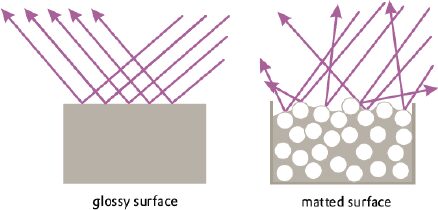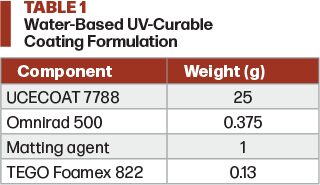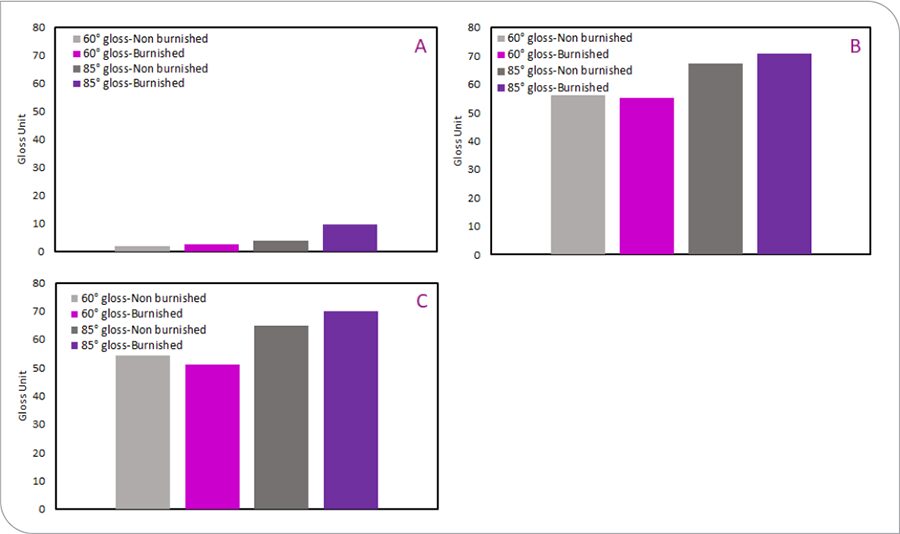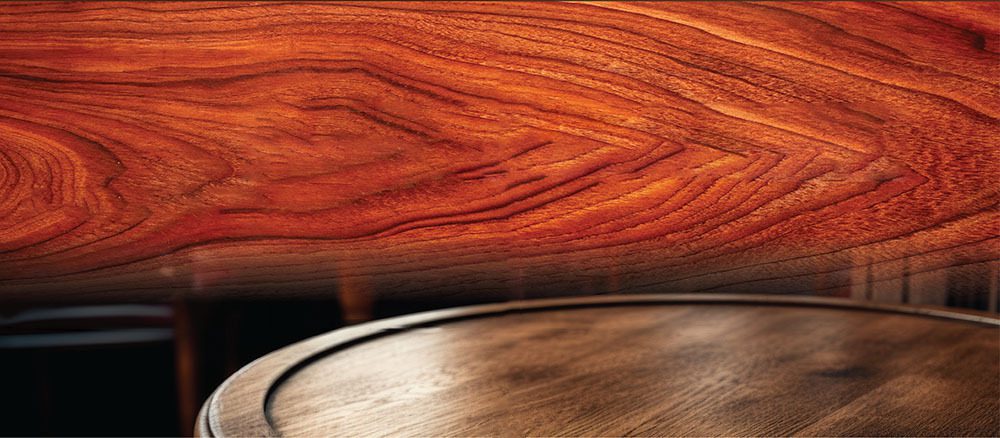By Hossein Riazi and K. Michael Peck, Evonik Corporation, USA
Recent work has identified interesting synergies of a matting technology that pairs the efficiency and clarity of silica matting agents with the physical durability and protective ability of organic particles.
Matting of clear wood coatings is a critical aspect in capturing the natural beauty of the substrate and appealing to consumer demands. Maintaining this visual appearance is vital to coating during product lifespan, and with deep-matte finishes, resistance to burnish and polishing is of particular concern. Recent work has identified interesting synergies of a matting technology that pairs the efficiency and clarity of silica matting agents with the physical durability and protective ability of organic particles. The plastic deformation and energy dissipation of these particles resist polishing forces and protect the matting structure of the silica. This combination has shown excellent synergy and allows formulation of durable deep-matte finishes with excellent burnish resistance. There are also significant benefits in reduced viscosity build at high matting-agent levels. This article will review the technical details of the synergy and characteristics in different wood coating systems.
Introduction
The use of particles to reduce the gloss of coatings is a very well-known practice. A wide variety of products and technologies are available to develop wood coating formulations. The use and choice of a specific product is often driven by a variety of factors, but fundamentally particle technologies all function through a similar mechanism. The particles, dispersed in the liquid coating, provide a surface roughness after application and drying/curing that serves to scatter light providing a visual differential and reduction in gloss (Figure 1). Their effectiveness is heavily contingent on film shrinkage around the particles during the drying and curing of the coating, and their utility is often judged based on secondary effects to the coating film such as rheology, clarity, haptic properties, chemical resistance, and resistance to burnish.1
FIGURE 1 Light reflection on smooth surface develops a glossy coating while a matted coating with a rough surface scatter lights in different angles.

Deep-matte coatings, where the gloss has been significantly reduced, typically require higher loads of particles to achieve the necessary surface roughness. These higher loadings often result in greater impact on the secondary effects to the coating film, and require far more attention to product selection and formulation to balance the performance needs of the coating. Of particular interest is the aspect of burnish resistance—the increase in gloss caused by the polishing of the finished coating by handling, touching, brushing, or other physical contacts. Burnishing and reduction of the matting effect can be an issue with all matted coatings, but is particularly problematic with deep-matte coatings, as the visual differentiation can be significant. Burnish resistance of a deep-matte coating is also very dependent on the nature and chemistry of the particles themselves due to their higher concentration on the coating surface that is needed to achieve the necessary surface roughness. The morphology of the particles, their chemical and physical properties, and interaction with the coating film can play a pronounced role in resistance to burnish and is an area of significant interest.
The work described in this article is part of an ongoing effort to better understand the role of matting agents in achieving a deep matte-finish with higher resistance to burnishing. While only a snapshot of the broader investigation is reviewed here, the best-in-class products within a variety of technologies were evaluated in different systems and the results are compared and assessed. Matting-agent combinations are also explored, and results suggest synergistic benefits are possible when pairing silica matting agents with organic particles. Deep-matte water-based UV-curable coatings, water-based air-dry systems, and deep-matte 100%-solid UV-curable coatings will be discussed.
Results and Discussion
The matting capability of three different matting agent types of similar particle size were tested in the water-based UV-curable formulation shown in Table 1. In this formulation, UCECOAT® 7788 (Allnex) is a UV-curable aliphatic polyurethane dispersion and Omnirad 500 (IGM Resins) is a water-soluble photoinitiator. TEGO® Foamex 822 (Evonik Corporation) is a compatible defoamer emulsion based on polyether siloxane technology.

Figure 2 shows the initial matting and burnishing results for coatings containing particles of (A) surface-treated thermal silica, (B) polyamide, and (C) micronized polypropylene matting agents in this system. A deep-matte sheen and excellent burnish resistance can be obtained by using 10 wt % of the surface-treated thermal silica in the formulation, as visible in Figure 2A.
FIGURE 2 Gloss and burnish resistance of a water-based UV-curable coating with dried film thickness 29 microns containing 10 wt % of matting agent based on (A) surface-treated thermal silica, (B) polyamide, and (C) micronized polypropylene. The burnish test was done using a Crockmeter.

Continue reading in the September-October digital issue of CoatingsTech
